Watercolor painting is a captivating art form that allows artists to express their creativity through the vibrant and fluid medium of watercolor paints. With its translucent and delicate nature, watercolor has a unique charm that can bring life to any artwork.
In this article, we will explore a wide range of watercolor ideas, techniques, and tips to inspire both beginner artists and experienced professionals. From simple watercolor painting ideas to more advanced concepts such as abstract art, we will cover various aspects of this fascinating art form. So, grab your watercolor palette, brushes, and paper as we embark on a colorful journey into the world of watercolour painting.
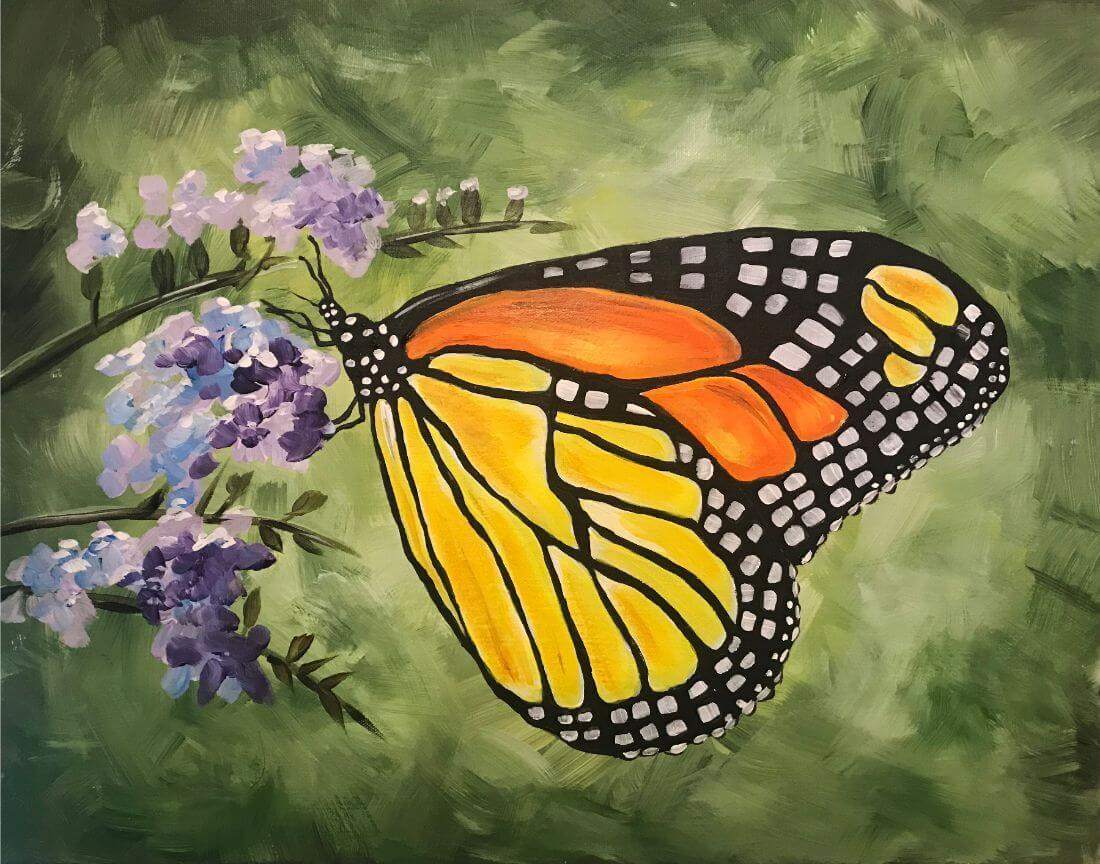
Understanding Watercolor Paintings
Watercolor painting is a technique that utilizes pigments suspended in water to create stunning works of art. Unlike other mediums like acrylic or oil paints, watercolor relies on the transparency and fluidity of the pigments, resulting in delicate and luminous paintings.
Simple Watercolor Painting Ideas for Beginners
If you're new to watercolour painting, it's important to start with simple ideas that allow you to practice basic techniques and develop your skills. Here are some easy watercolor painting ideas for beginners:
Painting Landscapes
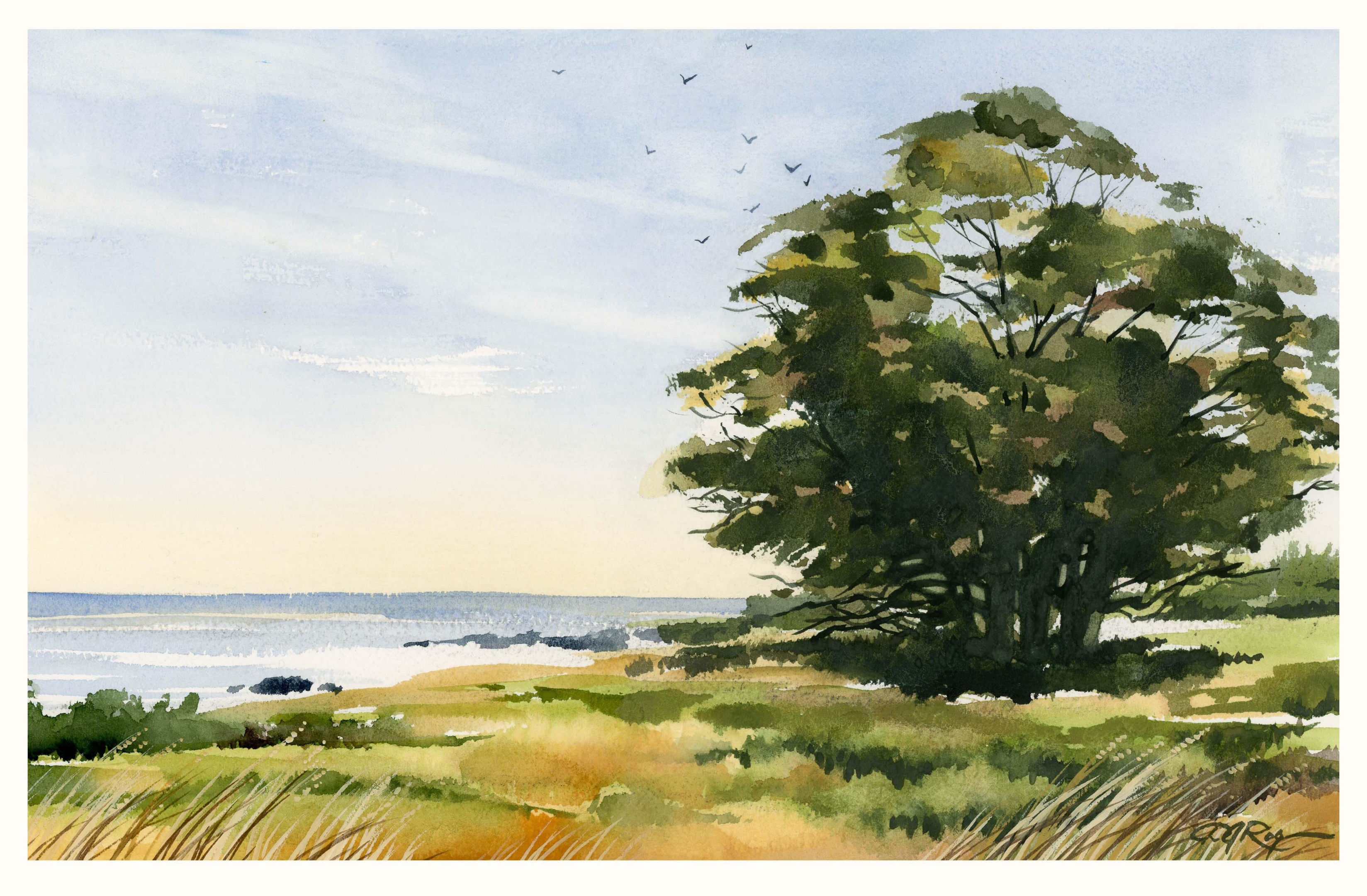
Start by painting a serene countryside landscape with rolling hills and a clear blue sky.
Experiment with painting a sunset over a tranquil lake, capturing the warm colors of the fading day.
Create a vibrant autumn landscape with trees in various shades of red, orange, and yellow.
Painting Flowers
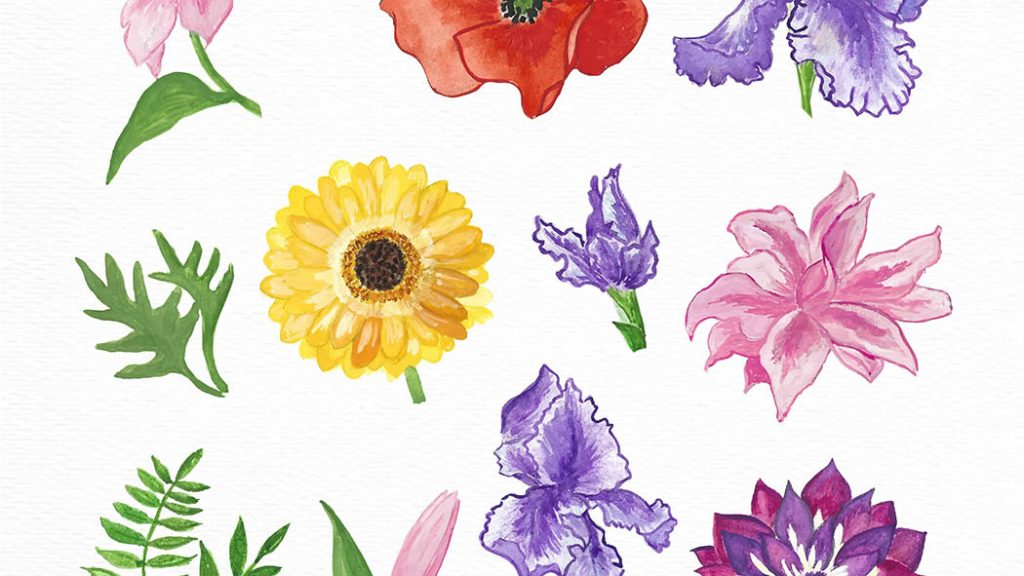
Choose a simple flower, like a daisy or a tulip, and practice capturing its delicate petals and vibrant colors.
Experiment with different flower compositions, arranging a bouquet or focusing on a single blossom.
Abstract Art
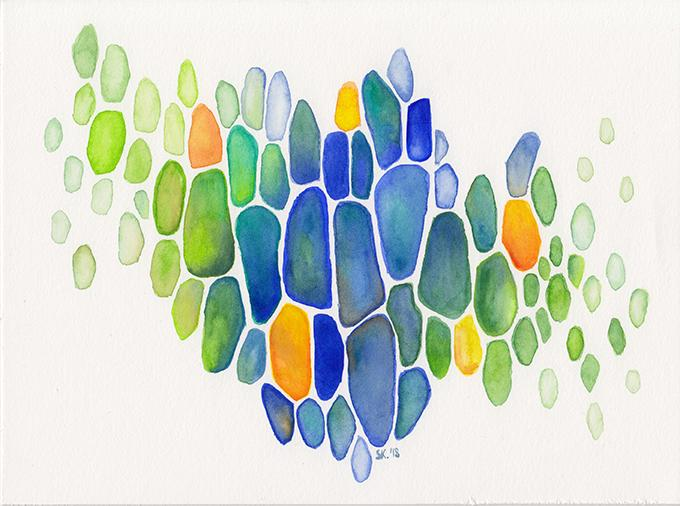
Explore the freedom of abstract art by experimenting with bold brush strokes and vibrant colors.
Let your imagination run wild and create an abstract representation of emotions or ideas.
Essential Art Supplies for Watercolor Painting
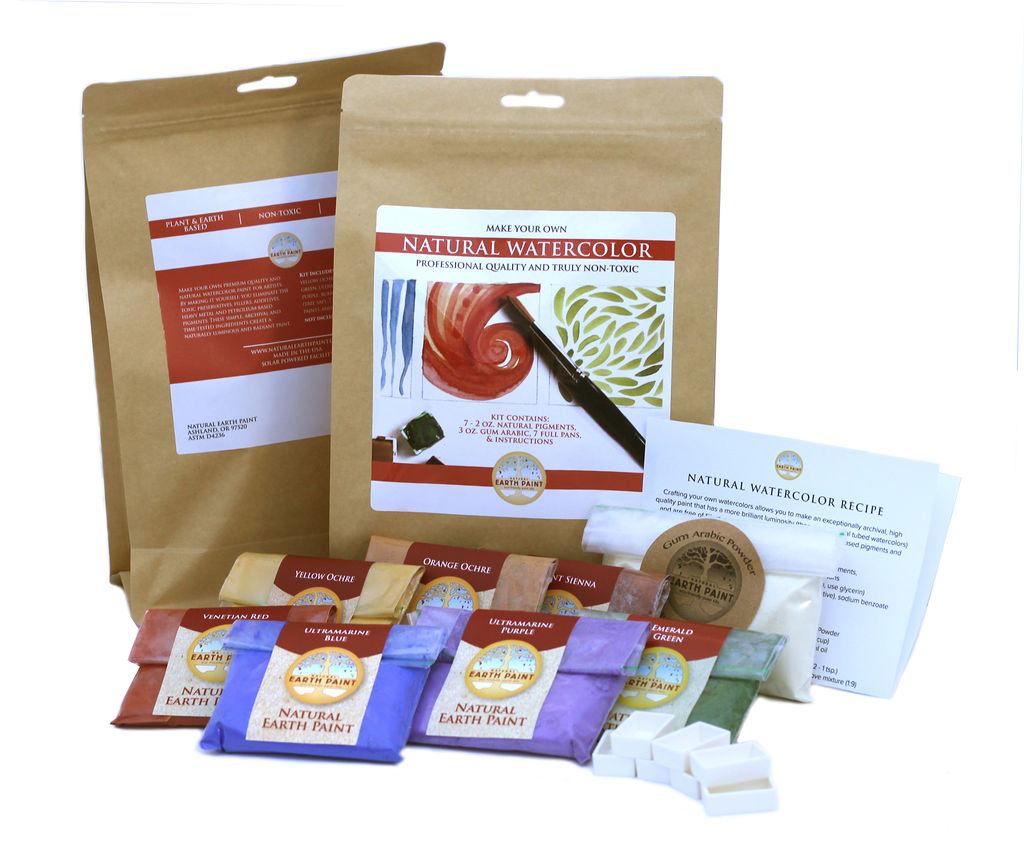
To create a stunning watercolor painting, you will need a few essential art supplies. Here are some must-haves for your watercolor toolkit:
Watercolor Paints
Invest in a high-quality set of watercolor paints with a wide range of colors. This will allow you to create vibrant and diverse artworks.
Natural Earth Paint Canada offers top class watercolor paint kits that contain paints that are free of toxic preservatives, additives, heavy metals, and petroleum based pigments found in conventional paints.
Watercolor Brushes
Choose brushes specifically designed for watercolor painting, as they are made with soft bristles that hold water effectively.
Opt for a variety of brush sizes, including a round brush for detailed work and a larger wash brush for covering larger areas with watercolour paint.
Watercolor Paper
Select watercolor paper that is specifically designed for this medium. It should be thick and able to withstand wet paint without buckling or tearing.
Experiment with different textures of paper, such as rough, cold-pressed, or hot-pressed, to achieve different effects.
Exploring Watercolor Techniques
Watercolor painting offers a wide range of techniques that can add depth, texture, and visual interest to your artworks. Let's explore some popular watercolor techniques:
Wet-on-Wet Technique
To execute the wet-on-wet technique, first wet your watercolor paper with clean water before applying paint. Then, drop or paint colors onto the wet surface, allowing them to blend and create soft transitions.
This technique is ideal for painting beautiful skies, dreamy landscapes, or creating a sense of movement in your artwork.
Dry Brush Technique
Load your brush with a minimal amount of paint and apply it to dry paper. This technique creates textured and detailed effects, perfect for adding fine details or textures to your paintings.
Masking Fluid Technique
Use masking fluid to cover specific areas of your painting that you want to preserve. Once the paint is dry, remove the masking fluid to reveal the untouched areas.
This technique is useful when painting intricate details, such as fine branches or blades of grass.
Gradient and Ombre Technique
Create smooth color transitions by blending two or more colors together. Start with one color and gradually introduce the next, blending them seamlessly.
This technique is particularly effective when painting sunsets, ocean waves, or any subject that requires a gradual shift in color.
Watercolor Ideas for Captivating Artworks
Now that you have an understanding of the basic techniques, let's dive into some watercolor ideas that can inspire your next masterpiece:
Night Sky
Paint a serene night sky filled with twinkling stars and a crescent moon.
Experiment with different color palettes, from deep blues and purples to softer pastel hues.
Botanical Painting
Choose your favorite flowers or plants as your subject and capture their intricate details, vibrant colors, and delicate petals.
Use fine brushes and layering techniques to achieve realistic botanical illustrations.
Watercolor Portraits
Challenge yourself by painting portraits using watercolor. Experiment with capturing facial features, skin tones, and expressions.
Start with simple portraits and gradually progress to more complex compositions.
Landscape Reflections
Paint a landscape scene with a calm body of water, capturing its reflection. This technique adds depth and visual interest to your artwork.
Experiment with different landscapes, such as mountains, forests, or coastal scenes.
Wildlife and Animals
Capture the beauty of animals in their natural habitats using watercolor. Paint a majestic tiger, a playful dolphin, or a delicate butterfly.
Pay attention to details such as fur, feathers, or scales to create realistic animal illustrations.
Tips for Mastering Watercolor Painting
To enhance your watercolor skills and achieve stunning results, consider the following tips:
Start with Light Colors
Begin your painting with lighter shades and gradually build up to darker tones. This approach allows you to control the intensity of colors and avoid overpowering your artwork.
Layering for Depth
Apply multiple layers of paint to create depth and add richness to your artwork. Let each layer dry before adding the next to avoid muddying the colors.
Use Different Brush Strokes
Experiment with various brush strokes to create different textures and effects in your paintings. Play with techniques like stippling, crosshatching, or using the edge of the brush.
Practice Drawing Skills
Strong drawing skills are essential for creating accurate outlines and proportions in your watercolor painting. Dedicate time to improving your drawing abilities alongside your watercolor practice. As your drawing skills improve, so will your watercolor painting skills.
Explore Color Theory
Learn about color theory and how different colors interact with each other. Understand concepts like complementary colors, analogous colors, and warm/cool color palettes to create harmonious and visually pleasing artworks.
Drawing Inspiration from Other Artists
One of the best ways to expand your watercolor skills is to draw inspiration from other artists. Explore the works of renowned watercolor painters and discover their techniques, styles, and subject choices. Take note of their brushwork, color palettes, and overall composition to incorporate new ideas into your own artwork.
Exploring Watercolor Palette and Color Choices
Choosing the right colors for your watercolor palette is crucial in creating captivating artworks. Consider the following tips:
Green Shades
Green is a versatile color in watercolor painting, especially when it comes to painting landscapes or botanical subjects. Experiment with various shades of green to depict lush forests, vibrant leaves, and grassy fields.
Bright Colors
Watercolor paints can produce vibrant and intense colors. Incorporate bright hues like vibrant reds, yellows, and blues to add energy and liveliness to your paintings.
Ultramarine Blue
Ultramarine blue is a popular color among watercolor artists. Its deep, rich tone is ideal for painting skies, oceans, and creating shadows.
White Paint
While watercolor is primarily a transparent medium, white paint can be used to add highlights or create subtle textures in your artwork. It's particularly useful when depicting reflections or capturing the play of light.
Black Marker
Adding a touch of black marker to your watercolor painting can create contrast and define certain elements. Use it sparingly to accentuate details or create bold outlines.
Capturing Watercolor Landscapes
Landscape painting is a popular subject in watercolor art. Here are some tips for capturing the beauty of landscapes:
Painting Mountains
Mountains offer breathtaking scenery and interesting compositions. Experiment with layering different shades of blue and gray to depict distant mountain ranges, and add fine details using a fine brush to capture the texture of rocky cliffs.
Painting Trees
Trees are essential elements in landscapes and can be painted using various techniques. For lush, green trees, apply wet-on-wet techniques with different shades of green, and add darker tones to create depth and shadows.
Painting Water Scenes
Painting water in watercolor requires careful observation of reflections and the play of light. Capture the fluidity and transparency of water by using light washes and leaving areas unpainted to represent the reflections.
Creating A Botanical Watercolor Painting
Botanical paintings celebrate the beauty of flowers, plants, and natural elements. Here are some tips for creating a captivating botanical watercolor painting:
Drawing Flowers
Start by sketching the basic shapes and structures of the flowers using light pencil lines. Then, layer watercolor washes to add color and depth to each petal, capturing the delicate details.
Green Leaves
Green leaves provide an excellent opportunity to practice various shades of green in your watercolour painting. Observe the intricate patterns and variations in color, and use different brush strokes to recreate the textures of leaves.
Adding Fine Details
Botanical paintings often require fine details to accurately represent the plants. Use a fine brush or even a white pen to add the small veins on leaves, delicate stamens, or intricate patterns found in petals.
Exploring Watercolor Inspiration
Finding inspiration for your watercolor painting project can sometimes be a challenge. Here are a few sources of inspiration that can ignite your creativity:
Nature
Nature is a boundless source of inspiration for watercolor painting. Step outside and observe the beauty of landscapes, flowers, trees, and animals. Capture the colors, textures, and movements of the natural world in your artwork.
Everyday Objects
Look around your surroundings for everyday objects that can inspire unique watercolor compositions. It can be a simple still life arrangement of fruits, a collection of colorful markers, or even an old cup with interesting textures and shapes.
Dreams and Imagination
Let your dreams and imagination guide your work. Create dreamy and surreal paintings inspired by your thoughts, emotions, and fantasies. Embrace the freedom to explore unconventional ideas and concepts.
Watercolor Techniques for Fine Details
Adding fine details to your watercolor painting can elevate the level of intricacy and realism. Here are some techniques to master fine details:
Using a Fine Brush
Invest in a fine brush with a pointed tip to achieve precise lines and details. Practice controlling the brush to create thin lines for intricate elements such as branches, veins, or small facial features.
Washi Tape
Washi tape can be used as a mask or guide for painting straight line segments or creating clean edges. Apply the tape to your paper, paint over it, and once the paint is completely dry, gently remove the tape to reveal sharp lines.
Tissue Paper Texture
Experiment with adding texture to your watercolor painting projects using tissue paper. Crumple the tissue paper, press it onto wet paint, and then lift it off. This technique creates unique textures, ideal for backgrounds or adding interest to objects.
Watercolor Tips for Beginner Artists
If you're a beginner artist diving into the world of watercolor, these tips can help you navigate your journey:
Start with a Fun Project
Begin with a fun and simple watercolor project to build your confidence and get acquainted with the medium. Choose an idea that excites you, such as painting a favorite animal or a beautiful flower.
Beginner-Friendly Tutorials
Explore online tutorials and step-by-step guides specifically designed for beginner watercolor artists. These tutorials often break down complex techniques into easy-to-follow steps, allowing you to learn and improve your skills progressively.
Experiment with Basic Techniques
Mastering basic watercolor techniques is crucial for any artist. Practice techniques such as wet-on-wet, glazing, and dry brush to understand how the paint behaves and to develop control over your brushwork.
Conclusion
Watercolor painting offers endless possibilities for artistic expression. With its fluidity, transparency, and delicate nature, watercolor captivates the imagination and creates visually stunning artworks.
By exploring watercolor techniques and tips, artists of all levels can unleash their creativity and produce captivating pieces. So, gather your watercolor supplies, let inspiration guide you, and embark on a colorful journey as you explore the enchanting world of watercolor painting.


 naturalearthpaint.ca
naturalearthpaint.ca